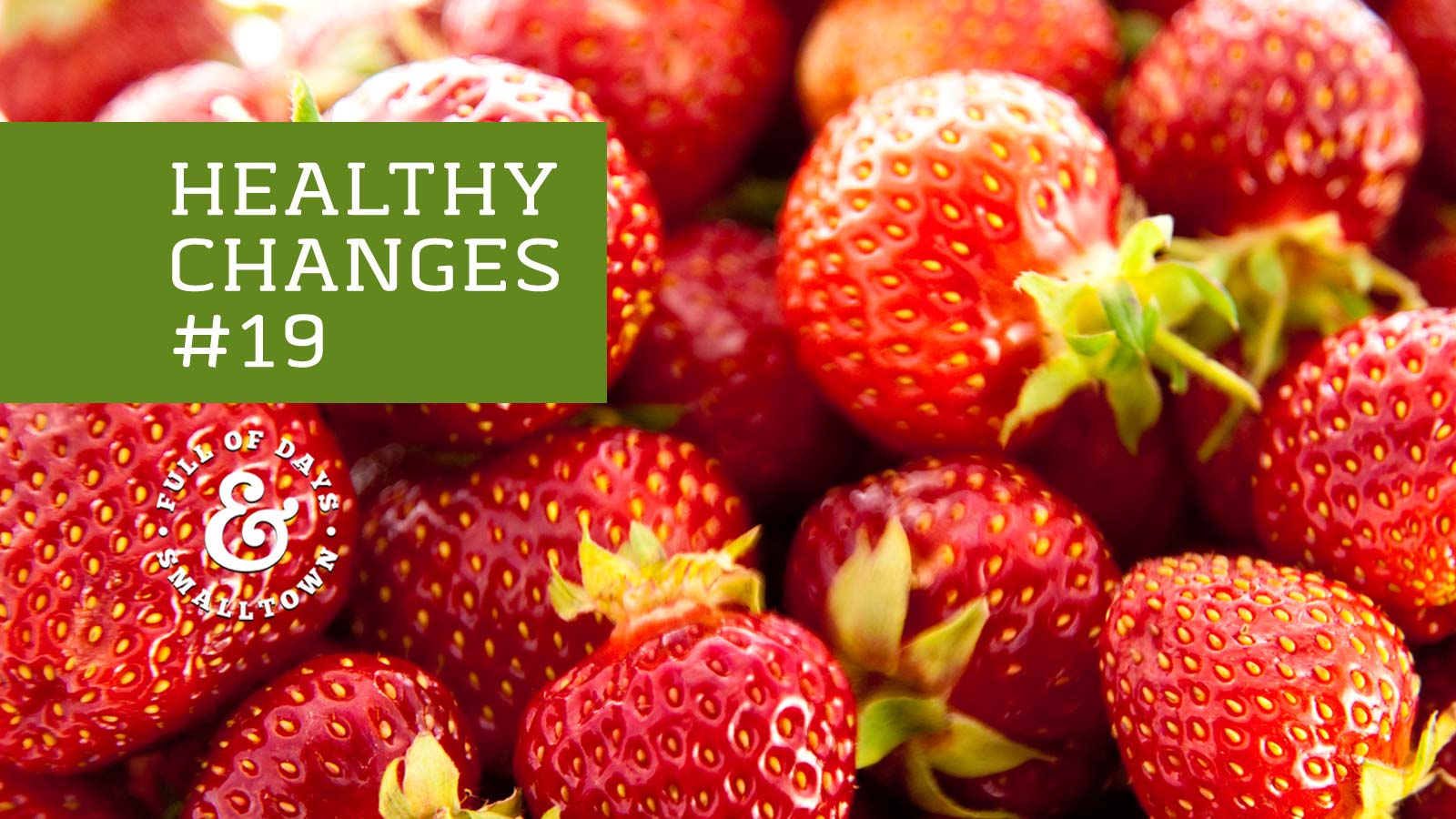
he results are in and, for the first time, strawberries topped the list for the dirtiest produce available in markets today. Apples (the front-runner for the past five years), came in second…
Every year the Environmental Working Group compiles a list of the twelve worst and fifteen best products available based on pesticide residue remaining on the produce when it hits the shelves of your local grocery store (and sadly, washing your produce does not eliminate the residue, even with those fancy produce washes). Visit the EWG website for printable lists of the Dirty Dozen and the Clean Fifteen for 2016.
Next time you’re shopping for produce, keep these lists handy. Knowing which items to buy organic and non-organic can help you budget and prioritize your grocery list, saving on clean non-organic items frees up a bit extra for those no-no items on the Dirty Dozen list (or avoiding them altogether until they’re in season and more affordable). You’ll certainly want to know those non-organic avocados on sale are perfectly acceptable to buy!
Clean Fifteen
- Avocados
- Sweet Corn*
- Pinapples
- Cabbage
- Sweet Peas (frozen)
- Onions
- Asparagus
- Mangos
- Papayas*
- Kiwi
- Eggplant
- Honeydew Melon
- Grapefruit
- Cantaloupe
- Cauliflower
Dirty Dozen
- Strawberries
- Apples
- Nectarines
- Peaches
- Celery
- Grapes
- Cherries
- Spinach
- Tomatoes
- Sweet Bell Peppers
- Cherry Tomatoes
- Cucumbers
*Possibly from a genetically engineered seedstock (GMO). A small amount of these products sold in the US are from GE seedstock. To avoid the possibility of GMO’s buy organic sweet corn, papaya and summer squash.


